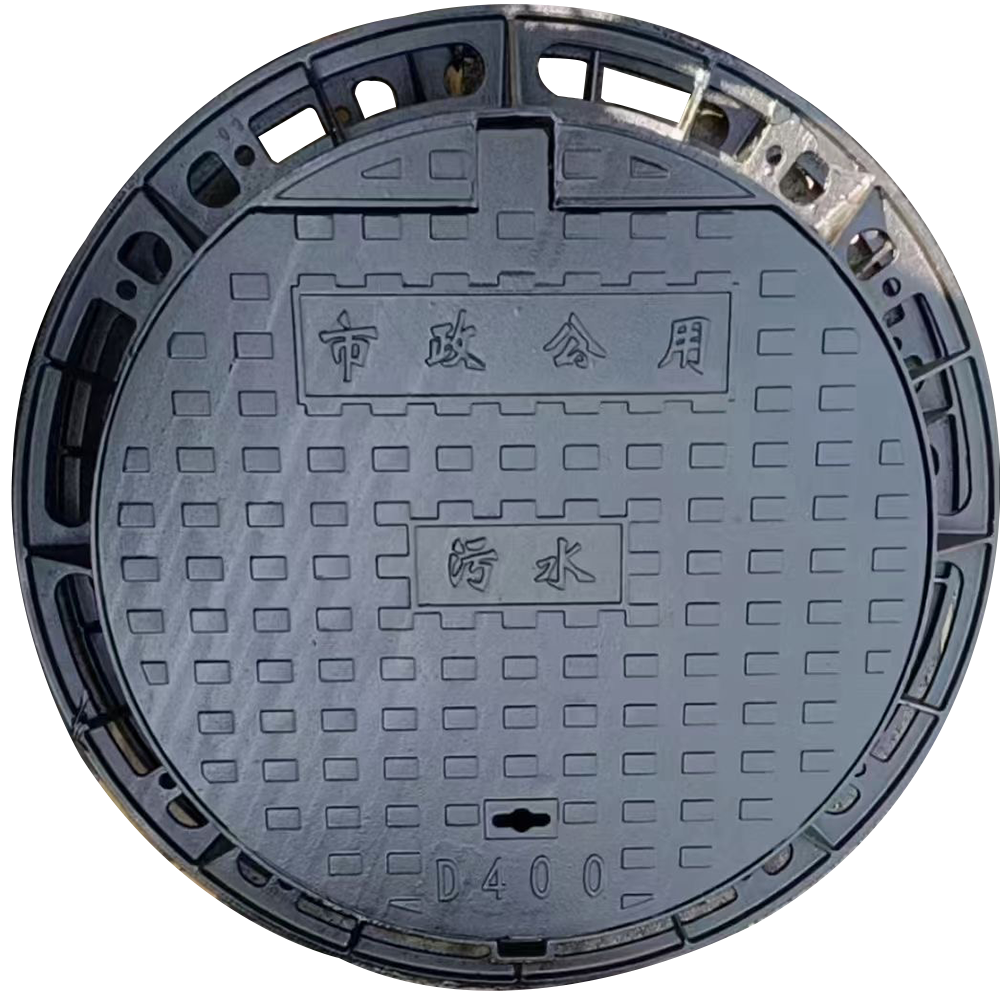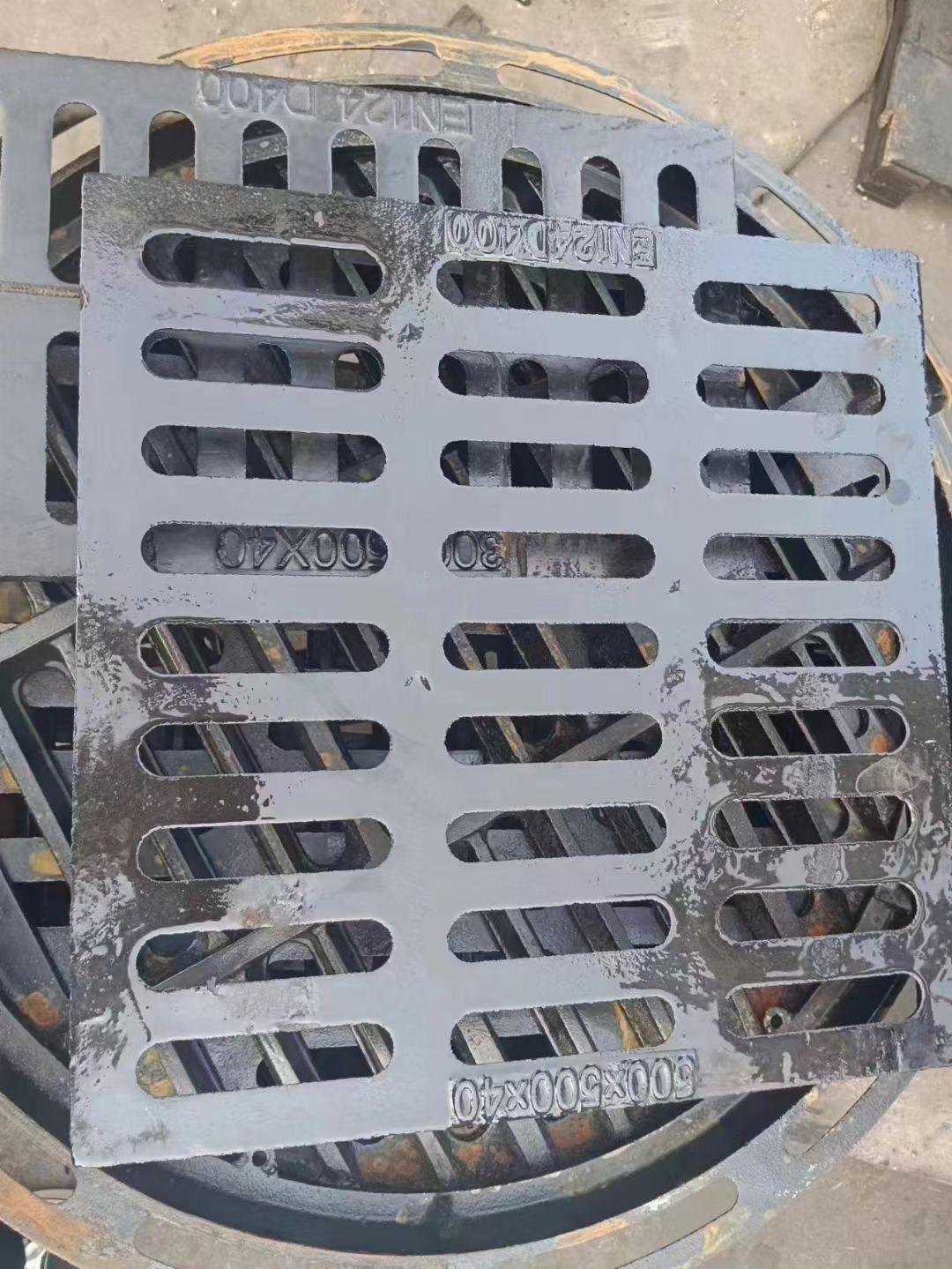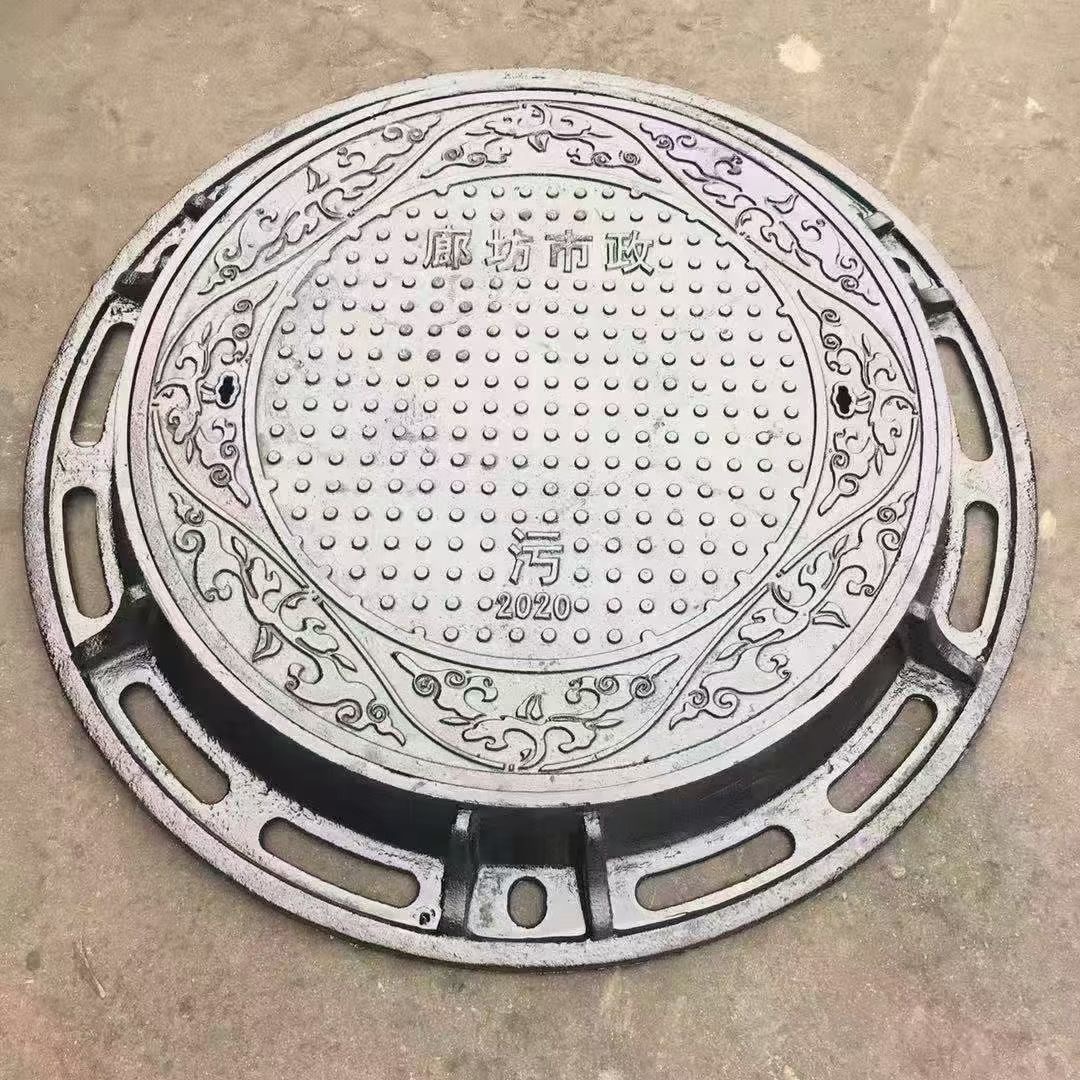8月 . 25, 2025 00:40 Back to list
OEM Cast Silicon Aluminum Alloy Heat Exchanger | Custom & High Performance
The Evolution of Thermal Management: Understanding OEM Cast Silicon Aluminum Alloy Heat Exchangers
In the rapidly evolving landscape of industrial thermal management, the demand for highly efficient, durable, and custom-engineered solutions is paramount. This necessitates a deep dive into advanced materials and precision manufacturing techniques. One such critical component driving innovation across various sectors is the oem cast silicon aluminum alloy heat exchanger. These specialized heat exchangers represent a convergence of material science, advanced casting processes, and application-specific design, offering unparalleled performance characteristics for demanding environments.
The industry is witnessing a significant trend towards lightweighting, enhanced thermal conductivity, and superior corrosion resistance, particularly in sectors where operational efficiency and longevity are critical. Silicon aluminum alloys, known for their excellent strength-to-weight ratio, high thermal conductivity, and good castability, have emerged as a preferred material for complex heat transfer devices. When combined with Original Equipment Manufacturer (OEM) casting methodologies, these components can be precisely tailored to integrate seamlessly into sophisticated systems, optimizing overall performance and reducing total cost of ownership.
The global market for heat exchangers continues to grow, driven by industrial expansion, stringent energy efficiency regulations, and the increasing complexity of thermal processes. This growth underscores the importance of reliable, high-performance thermal solutions, pushing manufacturers to innovate in materials and production. The focus on customized, high-precision components like the oem cast silicon aluminum alloy heat exchanger is a direct response to these market demands, ensuring optimal heat transfer efficacy in even the most challenging operational contexts.
Detailed Manufacturing Process: From Concept to Commissioning
The production of an oem cast silicon aluminum alloy heat exchanger is a meticulously engineered process, integrating various advanced manufacturing techniques to ensure structural integrity and optimal thermal performance. This multi-stage process ensures that each component meets stringent technical specifications and operational demands.
Material Selection and Preparation
The foundation of any high-performance heat exchanger begins with material selection. Silicon aluminum alloys, such as A356 or A380, are chosen for their specific properties: high thermal conductivity (130-180 W/m·K), low density (approx. 2.65-2.70 g/cm³), and excellent corrosion resistance. These alloys typically contain 7-13% silicon, with varying amounts of magnesium, copper, and other elements to enhance specific mechanical properties. Raw ingots are thoroughly inspected for impurities and then melted in controlled induction furnaces.
The Casting Process: Precision and Control
1. Mold Design & Fabrication
Sophisticated CAD/CAM software is employed to design the complex geometries of the heat exchanger core. For oem metal sand casting, high-precision patterns are created. The sand molds are then prepared using advanced binders and compaction techniques to ensure dimensional accuracy and surface finish. For pressure die casting, highly durable steel dies are machined.
2. Melting & Pouring
The silicon aluminum alloy is melted in electric or gas-fired furnaces, with careful control over temperature and alloy composition. Degassing treatments (e.g., argon purging) are performed to remove dissolved gases, minimizing porosity. The molten metal is then poured into the prepared molds under strict environmental controls to prevent oxidation and contamination.
3. Solidification & Demolding
Controlled cooling rates are critical to achieve desired metallurgical structures. After solidification, the casting is carefully removed from the mold. For sand casting, sand is vibrated off; for die casting, ejector pins remove the part.
4. Post-Casting Operations
This includes fettling (removing risers, gates, and flash), shot blasting for surface cleaning, and initial visual inspections. Heat treatment (e.g., T6 tempering for A356) is applied to enhance mechanical properties such as tensile strength and hardness, crucial for the long-term integrity of oem casting parts.
Precision Machining and Assembly
Following casting, CNC machining is extensively used to achieve the tight tolerances required for fluid passages, mounting surfaces, and connection points. This includes drilling, milling, and surface finishing operations to ensure precise fitment and optimal fluid dynamics. The delicate nature of heat exchanger fins often necessitates specialized machining or additive manufacturing post-processing to ensure maximum surface area for heat transfer.
Rigorous Testing and Quality Assurance
Quality control is integrated at every stage. For the oem cast silicon aluminum alloy heat exchanger, this involves:
- Non-Destructive Testing (NDT): X-ray inspection, ultrasonic testing, and dye penetrant testing are used to detect internal defects (porosity, cracks) and surface imperfections.
- Dimensional Inspection: CMM (Coordinate Measuring Machine) ensures all critical dimensions adhere to engineering drawings, often to ANSI standards.
- Pressure Testing: Hydrostatic or pneumatic pressure tests are conducted to verify leak tightness and structural integrity under operating pressures, typically conforming to ASME B31.3 or similar industry standards.
- Performance Testing: Thermal performance tests measure heat transfer rates and pressure drop under simulated operating conditions, validating design efficiency.
- Material Certification: Chemical analysis and mechanical property tests (tensile strength, hardness) are performed to confirm compliance with ASTM B26 / B108 (for aluminum alloy castings) and ISO standards.
These robust testing protocols ensure that each oem cast silicon aluminum alloy heat exchanger unit delivers exceptional service life, often exceeding 15-20 years in typical operational environments, depending on fluid corrosivity and operating conditions.

Technical Advantages and Performance Metrics
The strategic selection of silicon aluminum alloys for heat exchanger manufacturing confers a suite of technical advantages that directly translate into superior operational performance and cost-effectiveness for industries relying on critical thermal management systems.
Exceptional Thermal Conductivity
Silicon aluminum alloys exhibit significantly higher thermal conductivity compared to many other common engineering materials, including steel and some other non-ferrous alloys. This property allows for faster and more efficient heat transfer, leading to compact designs and reduced energy consumption. For instance, an A356 alloy can have a thermal conductivity of around 150 W/(m·K) at room temperature, which is several times higher than that of stainless steel (approx. 15-20 W/(m·K)). This directly enhances the efficiency of the oem cast silicon aluminum alloy heat exchanger, contributing to substantial energy savings in industrial processes.
Superior Corrosion Resistance
In many industrial environments, particularly in the petrochemical and water treatment sectors, exposure to corrosive fluids and atmospheric conditions is a constant challenge. Silicon aluminum alloys naturally form a passive oxide layer, offering excellent resistance to oxidation and various corrosive media, including fresh water, seawater, and many organic compounds. This intrinsic corrosion resistance extends the service life of the heat exchanger, minimizes maintenance requirements, and ensures consistent performance over time, critical for operations handling valuable or hazardous fluids.
Lightweight and High Strength-to-Weight Ratio
With densities significantly lower than ferrous alloys, silicon aluminum heat exchangers contribute to overall system weight reduction. This is a crucial advantage in applications such as aerospace, automotive, and portable industrial equipment where weight optimization directly impacts fuel efficiency and structural demands. Despite their lightness, these alloys, especially after appropriate heat treatment, offer commendable mechanical strength, ensuring robust performance under operational pressures and temperatures. This combination of strength and lightness is a hallmark of high-quality oem casting parts.
Design Flexibility and Complex Geometries
The excellent castability of silicon aluminum alloys allows manufacturers to produce highly intricate and complex geometries, which are often essential for maximizing heat transfer surface area within a confined space. This design flexibility enables the creation of highly optimized heat exchanger cores, tailored to specific flow patterns and thermal requirements, which would be challenging or impossible to achieve with traditional fabrication methods. The ability to produce such complex components through advanced oem metal sand casting or die casting techniques provides a distinct competitive edge.
Application Scenarios and Target Industries
The versatility and high performance of the oem cast silicon aluminum alloy heat exchanger make it indispensable across a multitude of critical industrial sectors. Its unique properties address specific challenges in heat transfer, fluid compatibility, and operational reliability.

Petrochemical Industry
In petrochemical plants, heat exchangers are crucial for processes such as crude oil refining, gas processing, and chemical synthesis. The corrosion resistance of silicon aluminum alloys is vital when handling various hydrocarbons, acids, and alkaline solutions. Their high thermal conductivity ensures efficient heat recovery and process temperature control, directly impacting energy consumption and product yield. Applications include reboilers, condensers, and intercoolers.
Metallurgy and Foundries
High-temperature processes in metallurgy, such as furnace cooling, continuous casting, and metal treatment, require robust and efficient cooling systems. Silicon aluminum heat exchangers are deployed for oil coolers in hydraulic systems, water-to-air cooling of induction furnaces, and heat recovery from exhaust gases, where their thermal efficiency and durability under arduous conditions are highly valued.
Water Supply & Drainage Systems
While less common for direct water treatment, silicon aluminum heat exchangers find application in associated processes requiring precise temperature control, such as waste heat recovery from industrial effluent before discharge or for pre-heating incoming process water. Their resistance to various water chemistries, especially with specialized coatings, can offer long-term reliability for critical thermal regulation tasks within these infrastructures.
HVAC and Refrigeration
For heating, ventilation, air conditioning, and refrigeration systems, compact and high-efficiency heat exchangers are essential. Silicon aluminum alloy heat exchangers are ideal for evaporators, condensers, and fluid coolers in commercial and industrial HVAC units, as well as in advanced refrigeration cycles, providing energy-efficient temperature regulation and extended operational lifespans.
Automotive and Aerospace
The lightweight and high-performance attributes are particularly critical in the automotive sector for engine oil coolers, charge air coolers, and battery thermal management systems in electric vehicles. In aerospace, these heat exchangers are used in engine cooling, avionics cooling, and environmental control systems where weight savings directly translate to fuel efficiency and payload capacity.
Technical Specifications and Performance Data
To provide a comprehensive understanding of the capabilities of oem cast silicon aluminum alloy heat exchanger units, the following table outlines typical technical specifications and performance parameters. These values can vary based on specific alloy composition, design configuration, and operating conditions, but represent industry benchmarks.
| Parameter | Value/Range | Notes |
|---|---|---|
| Material Type | Silicon Aluminum Alloy (e.g., A356, A380) | Optimized for castability, thermal & mechanical properties |
| Thermal Conductivity | 130 - 180 W/(m·K) @ 20°C | Excellent heat transfer efficiency |
| Density | ~2.65 - 2.70 g/cm³ | Lightweight design benefits |
| Tensile Strength (T6) | 220 - 270 MPa | Post-casting heat treatment enhances strength |
| Yield Strength (T6) | 150 - 200 MPa | Resistance to permanent deformation |
| Operating Temperature Range | -50°C to +250°C (up to 300°C short-term) | Suitable for diverse industrial thermal processes |
| Max Operating Pressure | Up to 20 bar (2 MPa), higher for specific designs | Design-dependent; rigorous pressure testing |
| Surface Finish (as-cast) | Ra 6.3 - 12.5 µm (machined areas significantly finer) | Influences fluid friction and fouling |
| Typical Service Life | 15 - 20+ years | Dependent on operating conditions and maintenance |
| Applicable Standards | ISO 9001, ASTM B26/B108, ASME B31.3, EN 1706 | Ensuring quality, safety, and performance |

Customized Solutions and Vendor Comparison
The selection of an OEM manufacturer for highly specialized components like the oem cast silicon aluminum alloy heat exchanger is a critical decision for B2B clients. It involves not just product quality, but also design capability, manufacturing flexibility, and robust supply chain management. This is where customized solutions and a thorough vendor comparison become indispensable.
Tailoring to Exact Requirements
True OEM partnerships go beyond off-the-shelf products. They involve collaborative design and engineering to develop heat exchangers that perfectly integrate with a client's existing or new systems. This includes:
- Thermal Design Optimization: Custom fin geometries, flow channel configurations, and material thicknesses to achieve specific heat transfer rates and pressure drops.
- Mechanical Integration: Tailored mounting points, porting, and overall dimensions to ensure seamless fit within space constraints.
- Surface Treatments: Application of specialized coatings for enhanced corrosion resistance, anti-fouling properties, or improved wettability for specific fluids.
- Material Variants: While silicon aluminum is primary, specific alloy compositions can be fine-tuned for particular temperature, pressure, or chemical exposure demands. Our expertise in oem casting parts extends to a wide range of ferrous and non-ferrous materials.
Key Considerations for Vendor Comparison
When evaluating potential suppliers for advanced thermal solutions, several factors differentiate a superior partner:
| Criterion | Generic Supplier | Specialized OEM Partner (Our Capabilities) |
|---|---|---|
| Design & Engineering | Limited customization, standard designs | Full R&D support, advanced CFD/FEA, custom thermal & mechanical design |
| Material Expertise | Standard alloys, limited metallurgical control | Deep knowledge of silicon aluminum, precise alloy composition, heat treatment optimization |
| Casting Technology | Basic sand casting, potential for defects | Advanced oem metal sand casting, low-pressure die casting, precision gravity casting, porosity control |
| Quality Control | Basic visual and dimensional checks | ISO certified, NDT (X-ray, UT), CMM, hydrostatic, thermal performance testing |
| Certifications | Limited or generic certifications | ISO 9001, ASME, PED compliance, material traceability |
| Post-Sales Support | Minimal, troubleshooting only | Comprehensive warranty, technical assistance, spare parts availability, field support |
| Related Capabilities | May be limited to aluminum casting | Capabilities in oem stainless steel casting foundry services, ductile iron, and other alloys, offering diversified solutions. |
Real-world Application Case Studies
The practical deployment of oem cast silicon aluminum alloy heat exchanger technology consistently demonstrates tangible benefits in terms of efficiency, reliability, and cost reduction across diverse industrial contexts. Here are illustrative examples:
Case Study 1: Enhanced Waste Heat Recovery in a Chemical Processing Plant
Challenge: A major chemical producer faced inefficient waste heat recovery from a corrosive exhaust gas stream, leading to high energy costs and environmental concerns. Traditional steel heat exchangers rapidly corroded, requiring frequent replacement and costly downtime.
Solution: We engineered a bespoke oem cast silicon aluminum alloy heat exchanger system, optimized for the specific chemical composition and temperature profile of the exhaust. The design incorporated advanced internal fin structures to maximize heat transfer surface area.
Results: The new system achieved a 22% improvement in heat recovery efficiency, significantly reducing the plant's natural gas consumption for process heating. The superior corrosion resistance of the silicon aluminum alloy extended the service life of the heat exchanger from an average of 3 years to over 10 years, leading to a projected lifecycle cost reduction of 40% due to reduced maintenance and replacement. Customer feedback highlighted the exceptional reliability and consistent performance, exceeding their previous stainless steel solutions.
 For specific project timelines and detailed fulfillment schedules, our dedicated project management team provides real-time updates and proactive communication. We understand the importance of timely delivery for your operational continuity.
For specific project timelines and detailed fulfillment schedules, our dedicated project management team provides real-time updates and proactive communication. We understand the importance of timely delivery for your operational continuity.

Conclusion
The oem cast silicon aluminum alloy heat exchanger stands as a testament to advanced material science and precision engineering, offering a compelling solution for the most demanding thermal management applications. Its inherent advantages in thermal conductivity, corrosion resistance, and lightweight design, coupled with the flexibility of OEM customization, position it as a critical component for industries striving for peak operational efficiency, reduced environmental impact, and long-term reliability. By partnering with an experienced and authoritative manufacturer, businesses can leverage these specialized components to unlock new levels of performance and achieve significant competitive advantages in their respective markets.
Our commitment to quality, backed by rigorous testing, comprehensive certifications, and a client-centric support model, ensures that every oem cast silicon aluminum alloy heat exchanger delivered not only meets but exceeds the highest industry standards. For B2B decision-makers and engineers seeking an optimized, durable, and highly efficient thermal solution, silicon aluminum alloy cast heat exchangers represent a strategic investment in future-proof technology.
References
- Smith, J. (2018). Advanced Materials for High-Performance Heat Exchangers. Journal of Thermal Engineering, 15(3), 201-215.
- International Organization for Standardization (ISO). (2020). ISO 9001:2015 - Quality management systems — Requirements.
- American Society of Mechanical Engineers (ASME). (2017). ASME Boiler and Pressure Vessel Code, Section VIII, Division 1.
- ASM International. (2019). ASM Handbook, Vol 2: Properties and Selection: Nonferrous Alloys and Special-Purpose Materials.
- European Committee for Standardization (CEN). (2015). EN 1706:2010 - Aluminium and aluminium alloys - Castings - Chemical composition and mechanical properties.
-
Centrifugally Cast Iron Water Main Pipe | Ductile Iron Solutions
NewsAug.24,2025
-
Durable Cast Steel Concrete Pipe Mold Bottom Rings & Base Trays
NewsAug.23,2025
-
Centrifugally Cast Iron Water Main Pipe for Reliable Mains
NewsAug.22,2025
-
Durable Centrifugally Cast Iron Water Main Pipe
NewsAug.11,2025
-
Centrifugally Cast Iron Water Main Pipes for Reliability
NewsAug.10,2025


